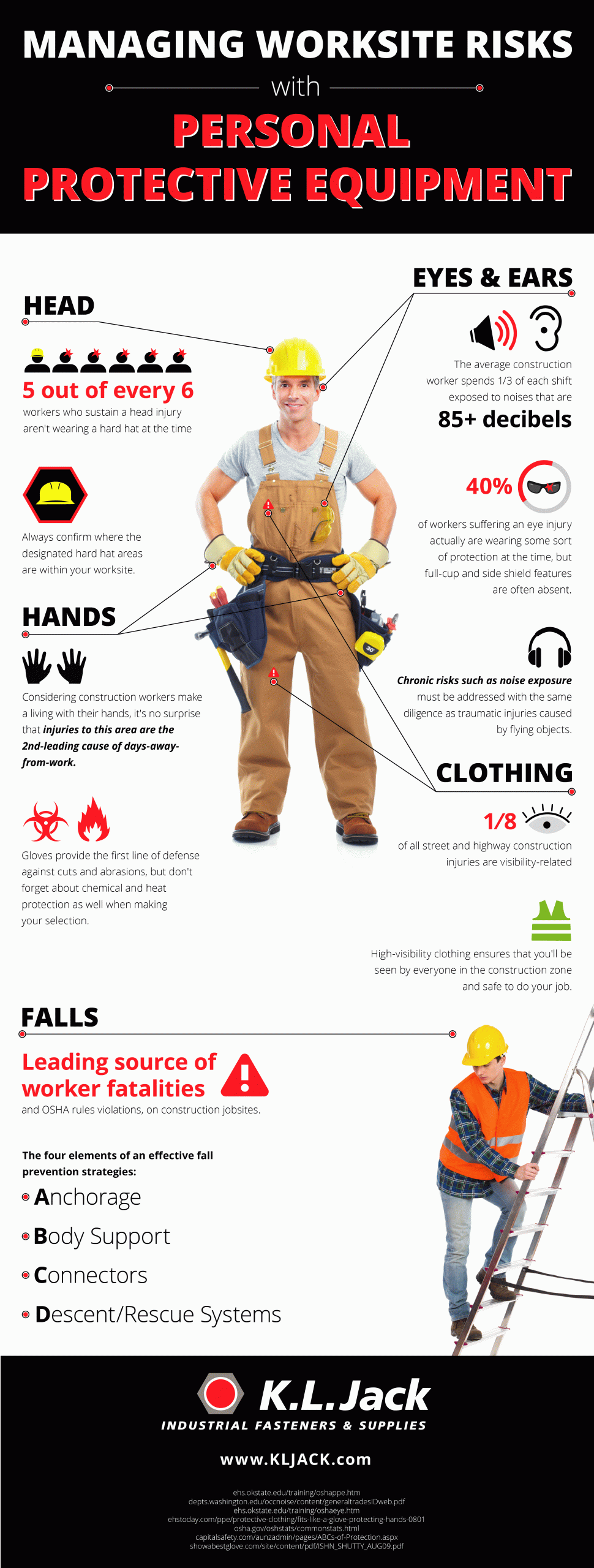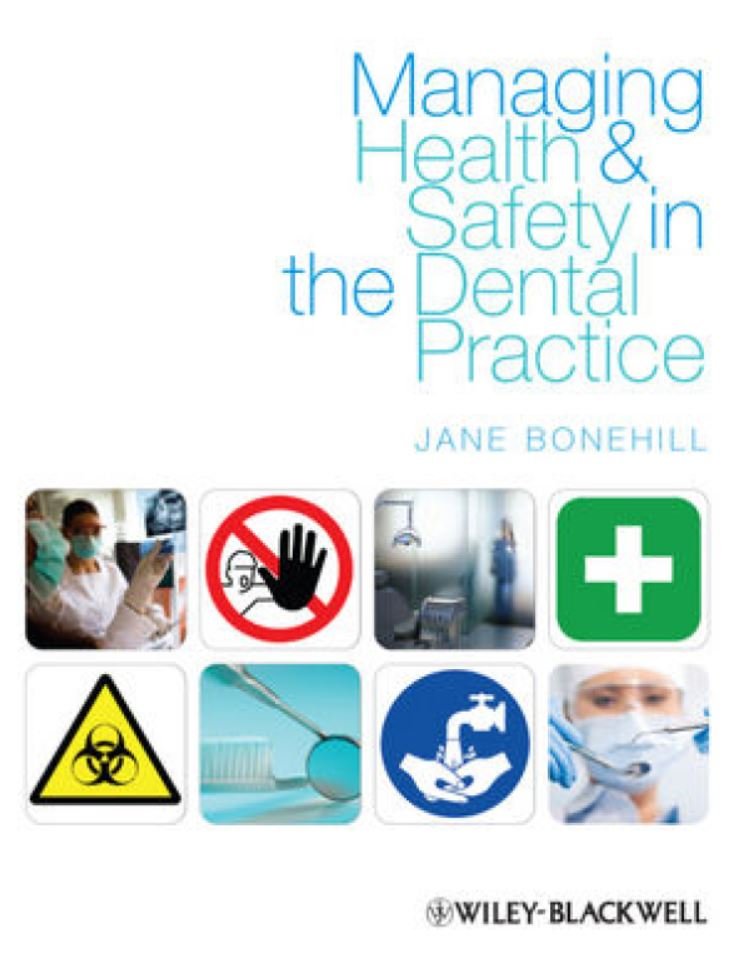Injuries and illnesses continue to plague the construction industry each year. With one in five worker deaths in the United States last year attributed to the industry, the right personal protective equipment (PPE) is a line of defense that is required and crucial to protect workers.
[xt_networks title=”Follow Us” force_original_colors=”yes”]

- Injuries and illnesses continue to plague the construction industry each year.With one in five worker deaths in the United States last year attributed to the industry, the right personal protective equipment (PPE) is a line of defense that is required and crucial to protect workers.OSHA lists the following PPE and recommendations on its web site:
- Eye and Face Protection
Safety glasses or face shields are worn any time work operations can cause foreign objects to get in the eye. Examples include during welding, cutting, grinding, nailing or when working with concrete and/or harmful chemicals or when exposed to flying particles. Workers should wear eye and face protection when exposed to any electrical hazards, including working on energized electrical systems. Eye and face protectors should be selected based on anticipated hazards. - Foot Protection
Construction workers should wear work shoes or boots with slip-resistant and puncture-resistant soles. Safety-toed footwear is worn to prevent crushed toes when working around heavy equipment or falling objects. - Hand Protection
Gloves should fit snugly. Workers should wear the right gloves for the job. For example, heavy-duty rubber gloves should be used for concrete work, welding gloves for welding and insulated gloves and sleeves when exposed to electrical hazards. - Head Protection
Wear hard hats where there is a potential for objects falling from above, bumps to the head from fixed objects or of accidental head contact with electrical hazards. Routinely inspect them for dents, cracks or deterioration. Replace hats after a heavy blow or electrical shock and maintain them in good condition. - Hearing Protection
Use earplugs or earmuffs in high noise work areas where chainsaws or heavy equipment are used. Clean or replace earplugs regularly.
The following visual resource from K.L. Jack and Co. demonstrates why the right PPE is important when it comes to making sure workers go home safe every day.
- Eye and Face Protection





